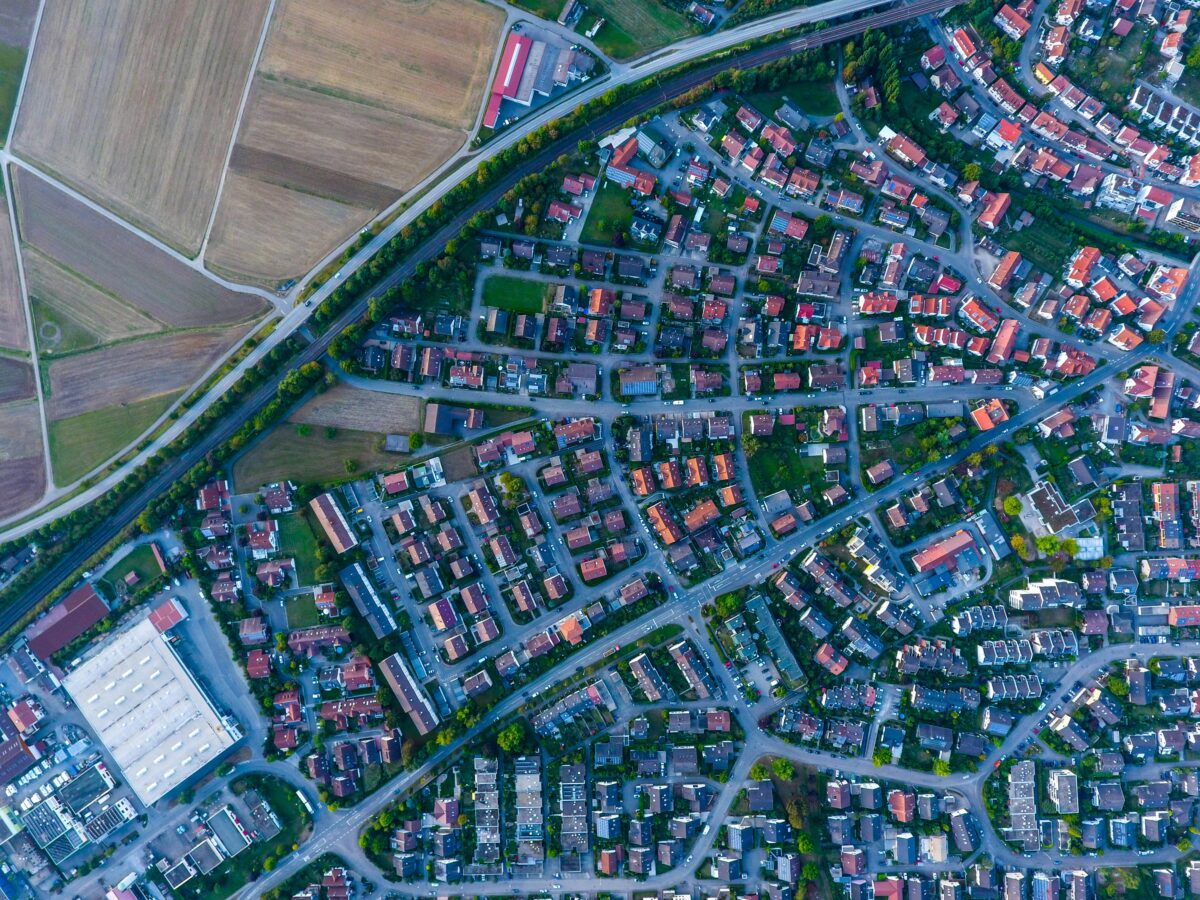A group of scientists from Germany has created a new deep learning-based method for city-scale PV rooftop potential based on aerial images. The novelty of the proposed technique consists of its ability to consider superstructures on roofs.
“Those portions of the roof area may be unavailable for solar system installation due to obstructions such as windows or chimneys. Overestimation of rooftop solar potential can be largely alleviated if we consider roof superstructures,” Qingyu Li, a researcher at the and the project's corresponding author, told pv magazine.
“We devise an innovative multi-task learning network capable of learning both roof orientation maps and roof superstructure maps simultaneously. Specifically, roof segmentation masks are initially learned and allocated on contextual and multi-scale features for further learning of roof orientations and superstructures,” she added. “By doing so, not only can the building roof information be enhanced, but background clutters such as cars and roads can also be suppressed.”
The framework is based on a convolutional neural network (CNN), a class of deep learning algorithms. Giving the framework the name SolarNet+, it uses CNN to learn roof orientation and superstructure maps. It first extracts individual classes of roof segments and classes them according to their orientation, and then excludes the area of superstructures, determined by using predicted roof superstructure maps. Then, using the solar radiation database, predicted PV production can be calculated from the panel level to city scale.
The system was first trained, validated, and tested on the roof information dataset (RID), which comprises 1,880 buildings in the small German city of Wartenberg. It was divided into training, validation, and test sets with a ratio of 7:1:2. RID is the only available database with annotated superstructures, so it was possible to compare the framework to its actual data.
“For a comprehensive evaluation of the results of roof orientations and superstructures, SolarNet+ is compared with several state-of-the-art methods,” said the researchers. “Specifically, concerning roof orientations, comparisons are made with five networks: DeepLab V3+, FC-DenseNet, Efficient-UNet, U-Net, and SolarNet. For roof superstructure, we perform comparisons with four semantic segmentation networks, DeepLab V3+, FC-DenseNet, Efficient-UNet, and U-Net.”
The analysis showed that SolarNet+ outperforms other competitors in terms of prediction accuracy of roof orientations and superstructures. Using intersection over union (IoU) to measure accuracy, the novel framework outperformed the rest in seven out of nine classes of superstructure and four out of six classes of roof orientation.
Following the test over Wartenberg, the researchers checked the system's transferability into other areas and let it run over a 216-building dataset from the Munich urban area, from which they collected data manually for compression.
“The IoU metrics of roof superstructure and roof orientation prediction are 20.80% and 23.86%, respectively,” they said. “Of course, there is still a large space to be improved. However, considering the rooftops are largely different between Wartenberg and Munich, the achieved results are already impressive.”
Li added that in future research, the group will try to improve the transferability by collecting more training samples from a wide range of cities, and implementing domain adaptation and domain generalization techniques to address the domain shift problem among different cities.
Finally, the group integrated the system with various local climate zone (LCZ) types and tested it in Brussels, Belgium. “The results of Brussels reveal that three specific LCZ urban types exhibit the highest rooftop solar potential efficiency: compact highrise, compact midrise, and heavy industry. The annual photovoltaic potential for these LCZ types is reported as 10.56 GWh∕year∕km2, 11.77 GWh∕year∕km2, and 10.70 GWh∕year∕km2, respectively,” they said.
The framework was presented in “Deep learning-based framework for city-scale rooftop solar potential estimation by considering roof superstructures,” published in Applied Energy. Scientists from the Technical University of Munich and the Munich Center for Machine Learning participated in the research.
This content is protected by copyright and may not be reused. If you want to cooperate with us and would like to reuse some of our content, please contact: editors@pv-magazine.com.



And of course, whatever massive potential for solar on residential, commercial and government rooftops around the world, the future will be one of smaller, cheaper, more efficient panels, and lighter, more flexible panels, and cheaper solar glass.
So if the current potential on suitable rooftops is “X”, then within 5 – 10 years, that’s likely to be”2X”+, with panels being more efficient and able to be placed on roofs and areas of roofs they can’t be now.